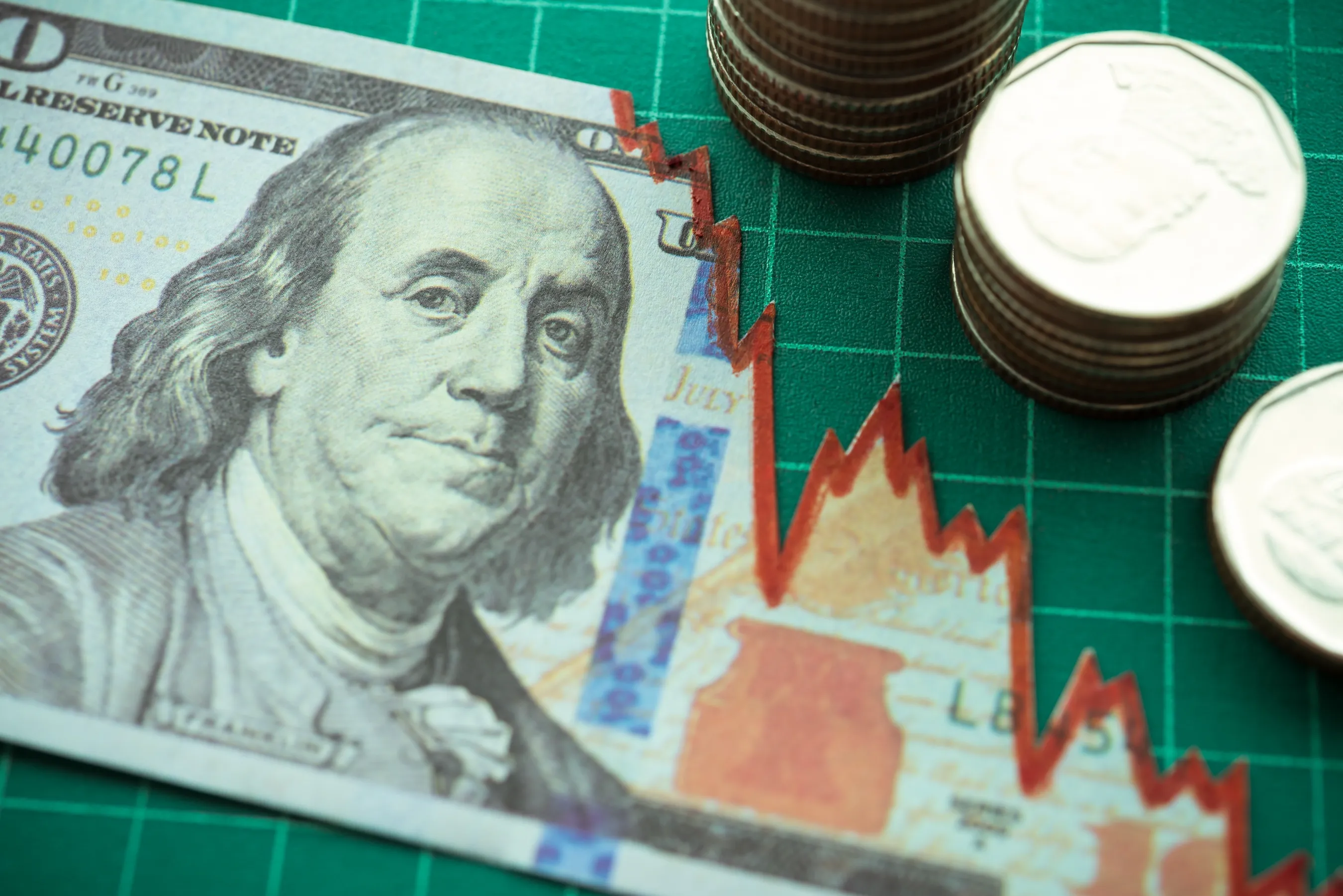Despite Lower-Than-Expected Inflation In February, The Fed's Key Inflation Gauge Increased By 0.3%
The Federal Reserve closely monitors inflation on a monthly basis, and it shows the level of inflation in February grew slightly less than expected, giving some hope that increases in interest rates are helping to slow price rises.
Despite a 0.3% increase in personal consumption expenditures in January, the Commerce Department reported Friday that the index for the month decreased 0.3% for the month, below the Dow Jones estimate of 0.4%, and it was also below the 0.5% increase in January.
As a percent of GDP, core PCE increased 4.6% over the past 12 months, a slight deceleration from January's increase of 4.7%.
There was a 0.3% monthly increase in headline PCE with food and energy included, and a 5% annual increase overall, compared to 0.6% and 5.3% in January.
The monthly energy price decrease was followed by a 0.4% rise in food prices, a 0.2% increase in goods prices, and a 0.3% increase in services to make the data weaker than expected.
Also shown in the report was an increase in personal income of 0.3%, slightly more than the estimate of 0.2%, as well as an increase in consumer spending of 0.2%, compared to the estimate of 0.3%.
There was a rise in stock prices following the release of the report as Treasury yields fell on longer-term debt.
Jeffrey Roach, the chief economist at LPL Financial, says that if the economy falls into recession, the Federal Reserve might be able to cut rates by the end of the year.
After the March inflation report, the market priced in an even split between an increase or a hold in May for the Federal Reserve's benchmark rate.
Traders expect a cut in the federal funds rate this year, with end-year pricing for the rate at 4.25%-4.5%, half a point lower than the current target range, and a possible increase in the federal funds rate this year based on the Fed's unofficial projections released last week.
Despite what is happening, inflation has remained pernicious in some areas, especially housing costs, which have risen dramatically in recent years. Fed officials, though, are expecting rents to decelerate over the next few months and think that inflation has already peaked.
Despite this, inflation is likely to remain well above the Fed's 2% target into 2024, and officials have said that despite current bank meltdowns, they remain committed to bringing prices down.
There was no rush of liquid funds to undercapitalized banks last week, indicating there hasn't been a frantic liquidity dash for banks. According to Fed data released Thursday, there was a slight decline in borrowing through two emergency lending programs.

Subscribe to our newsletter!
As a leading independent research provider, TradeAlgo keeps you connected from anywhere.








